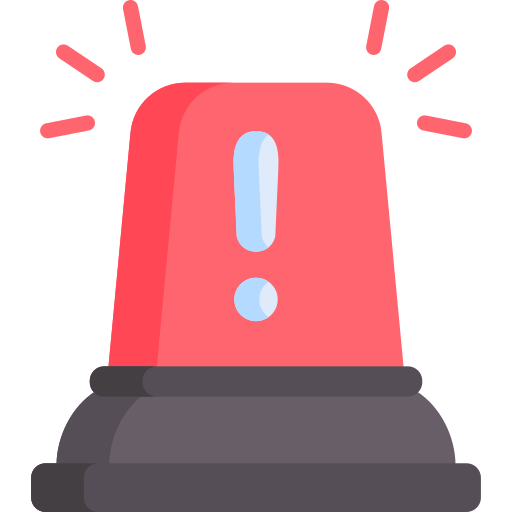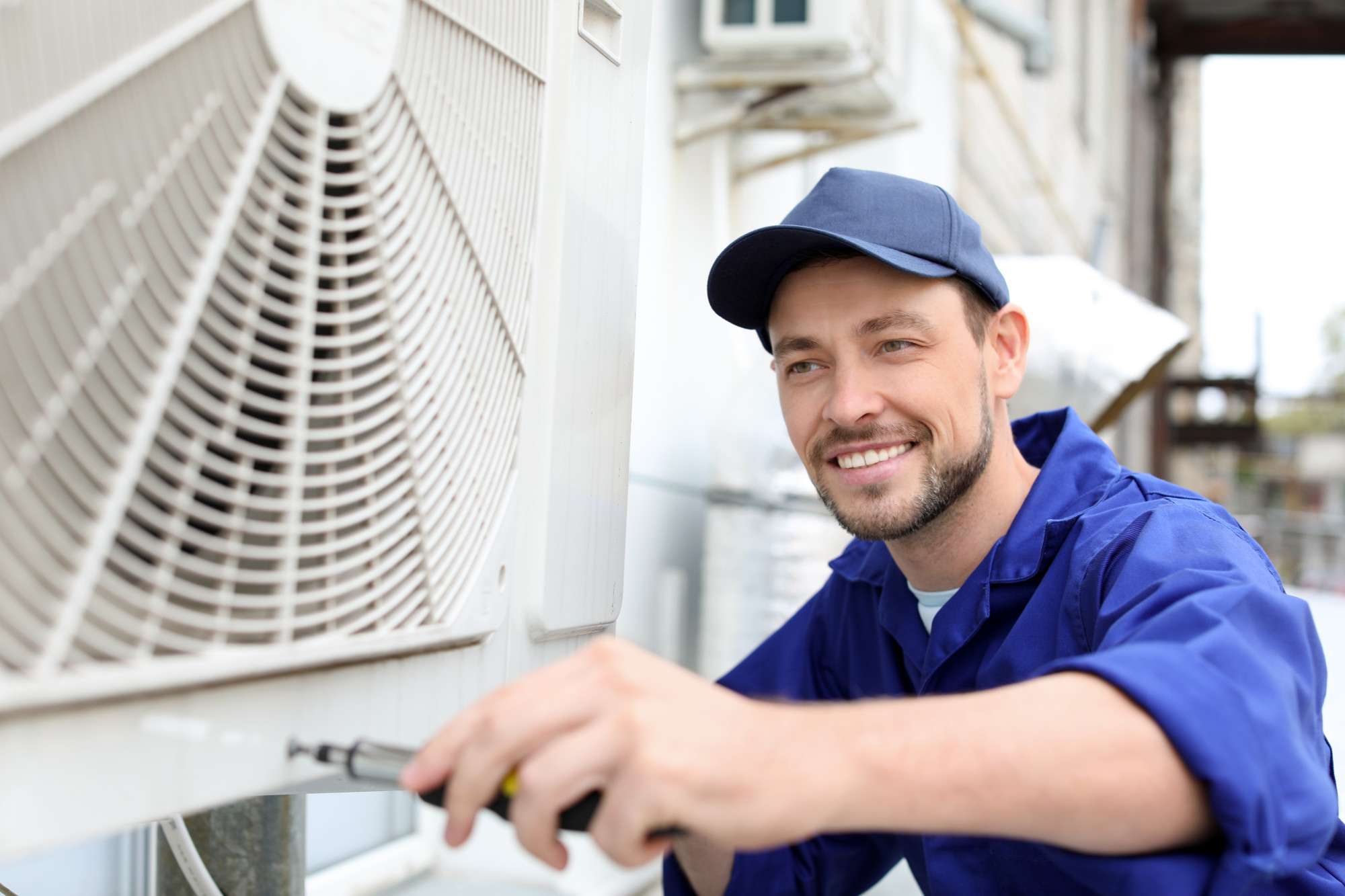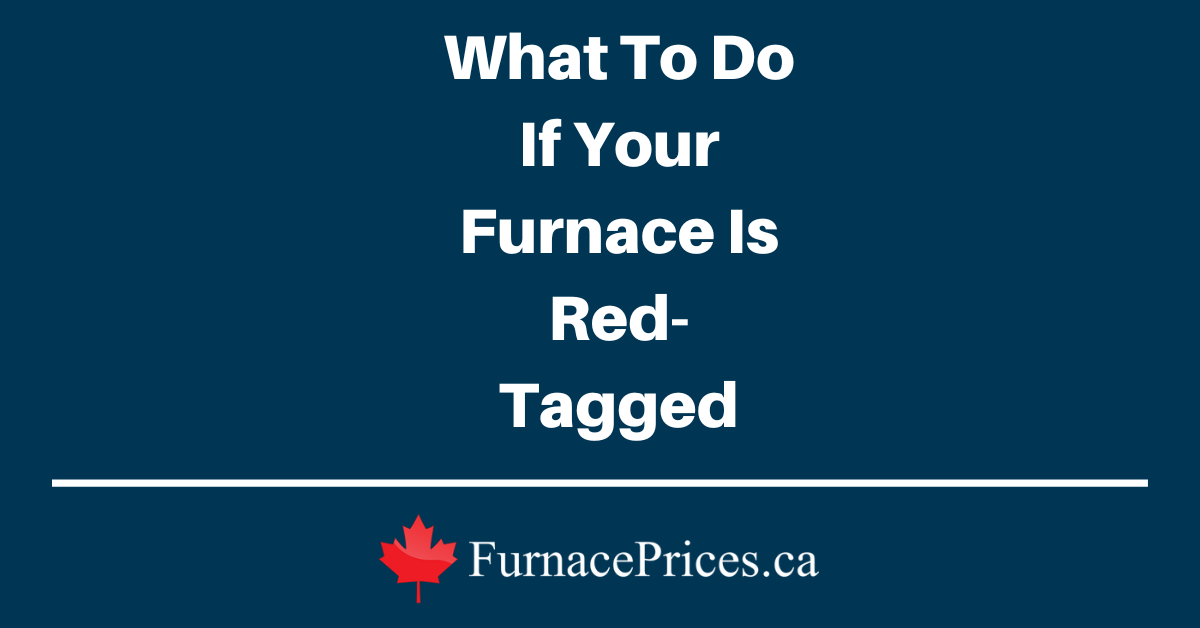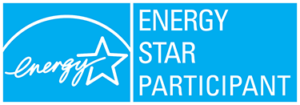During the winter months, your furnace is one of the most important home appliances that you’ll need. A fully functioning furnace should be able to produce adequate heat to keep you and your family warm throughout the coldest months of the year. But what about when it stops working?
When your furnace stops working, it can be a disaster. If your furnace stops working during the frigid winter months, the temperature inside your home can drop rapidly. You can also end up with frozen water pipes as well as irreparable damage to your home, and even your health.
Keep reading to learn more about what to do when your furnace stops working and how to fix your furnace when it does – even without calling a furnace repair technician.
Why Has My Furnace Stopped Working?
There are several reasons that your furnace might have stopped working. The most common reasons are:
- A clogged filter
- A broken safety switch
- Debris on the burners
- Problems with the gas line
- A tripped breaker or blown fuse
These are only a few of the problems that may cause your furnace to stop working. Overall, the most common reasons your furnace will stop working are parts of the equipment breaking down over time. If your filter becomes clogged or the safety switch stops tripping, your furnace will stop producing adequate heat.
Your furnace may also stop working because of a problem with the electrical or gas lines connecting to the furnace, or a tripped breaker. If you have not checked your electrical and gas lines recently, it is recommended to do so to make sure your furnace is in working order.
Issues with a gas leak or carbon monoxide leak, which could trigger safety shut-off mechanisms in the furnace, need immediate attention from a professional. If this is the case, your furnace may be red-tagged to prevent further use until repairs are made use, so it’s something that needs to be addressed as quickly as possible.
What to Check if Your Furnace Stops Working
If your furnace stops working, there are several things that you can check on your own before calling a furnace repair professional. Of course, if you don’t feel confident working on your furnace, a professional is always the best option, as they have the necessary training to repair parts of an HVAC system.
- Make Sure the Furnace is On
The very first thing that you will want to check before looking at anything else is whether or not your furnace is on. This may seem obvious, but you’d be surprised how many people think their furnace is broken when it simply wasn’t turned on.
When you check to make sure that the furnace power switch is on, you should also check that the furnace is connected correctly. A gas furnace will need to be connected to your gas line, and an electric furnace will need to be connected to your electrical system.
- Inspect the Filters
After making sure that your furnace is connected correctly, you will want to inspect your furnace’s filters. These filters are there to protect your furnace from the hair, dust, and debris that could be sucked into your furnace through the return duct.
Over time, a furnace filter may become clogged, which will reduce the amount of air that your furnace can pull in and heat. If your furnace hasn’t completely stopped working but the air flow has slowed down significantly, then you may have clogged furnace filters.
- Check for Debris in the Combustion Chamber
Most furnaces produce gasses, including carbon monoxide, that need to be vented outside of the home to prevent dangerous gas buildup. The gas can either be exhausted via piping or via a chimney that is attached to the furnace.
Over time, damage can occur and the chimney or pipes can stop working as well; they can become clogged or blocked, or even start leaking. To make sure that this isn’t the case you should check inside the combustion chamber of your furnace. If you see residue, wet patches, or water runoff, it is a sign that your chimney is not working properly and you should call in an HVAC professional.
- Check the Safety Switch
The safety switch is the part of your furnace that keeps it from overheating. This switch is designed to shut the furnace down if it becomes too hot.
Over time, your safety switch may stop working and could become less sensitive or overly sensitive to changes in temperature. This could cause it to constantly shut off the furnace even when it hasn’t overheated.
Fortunately, there’s an easy solution to this problem if the safety switch is what’s causing the issue. All you’ll have to do is install a new safety switch. This can be done by a professional or, if you’re feeling up to it, you can install a new safety switch by yourself.
- Change your Thermostat’s Batteries
Another common reason that your furnace may stop working is not actually an issue with the furnace. Your furnace is set to turn on and off based on the temperature that your thermostat detects. If your thermostat batteries die, it will not send signals to the furnace telling it when to turn on and off.
- Call a Professional
If you have checked all of these easy fixes and everything seems to be correctly installed and in working order, it’s time to call a professional. An HVAC professional will be able to troubleshoot and figure out exactly what is wrong with your furnace.
Furnace problems should not be taken lightly. The last thing you want to do is make the problem worse by trying to do a repair that you are not trained to do. An HVAC professional will also help you by recommending the most cost-effective ways to repair your furnace. If a warranty is still valid they can also help you to contact the company and redeem your warranty for new parts or a replacement furnace.
Maintaining your Furnace
The most effective way to prevent problems from happening with your furnace is to maintain it properly. This will help to prevent problems before they even start. Here are some things you can do as part of a maintenance regimen:
Regularly Change the Filters
One of the easiest things you can do on your own to keep your furnace in good condition is to regularly change the filters. These are the filters that keep hair, dust, and other debris from entering your furnace. Over time they can become clogged which will lower the efficiency of your furnace. On average, you should change the filters in your furnace every three months.
Regular Professional Maintenance
The most important thing you can do to maintain your furnace and keep it from breaking down is to have a regular furnace tune-up from an HVAC professional. There are only so many repairs that you can do on your own and repairing incorrectly could do more harm than good.
An HVAC professional will also be able to check for things like carbon monoxide leaks which can occur for various reasons. In the process of heating your home, gas-burning furnaces may produce a by-product called carbon monoxide, especially if the gas is not burning cleanly. In a properly installed and maintained furnace, this carbon monoxide gas is contained and pumped out of your home.
If your furnace is not properly maintained, carbon monoxide can build up in your home and cause carbon monoxide poisoning. Carbon monoxide poisoning symptoms can include headache, dizziness, nausea, and, in severe cases, death. This is just one more reason that your furnace needs to have professional maintenance done.
When in Doubt, Call in a Professional
The most important thing for you to take away from this article is that when in doubt, you should always call in a professional furnace repair technician. Yes, there is some furnace troubleshooting that you can do and you can sometimes figure out how to fix a furnace on your own. However, it is always best to call an HVAC professional to fix your furnace system.
A professional furnace repair technician is highly trained in the common issues you may encounter with your heating system – from clogged furnace filters and heating ducts to a full repair or replacement of your heating system. They can also perform maintenance that will help prevent the same issue and other issues from occurring in the future.
Don’t take any kind of furnace problem lightly and never aim to repair a furnace on your own if you have no experience or know-how.
Get Quotes
How soon are you looking to buy?*











